Filter by
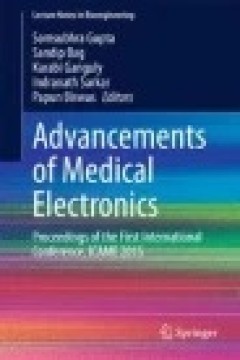
Advancements of Medical Electronics: Proceedings of the First International C…
The book is a collection of peer-reviewed scientific papers submitted by active researchers in the 1st International Conference on Advancements of Medical Electronics (ICAME2015). The conference is organized jointly by the Department of Biomedical Engineering and Electronics and Communication Engineering, JIS College of Engineering, West Bengal, India. The primary objective of the conference is…
- Edition
- Ed. 1
- ISBN/ISSN
- 978-81-322-2256-9
- Collation
- XXVI, 394
- Series Title
- Lecture Notes in Bioengineering
- Call Number
- 610.28

Safer Healthcare : Strategies For The Real World
The authors of this book set out a system of safety strategies and interventions for managing patient safety on a day-to-day basis and improving safety over the long term. These strategies are applicable at all levels of the healthcare system from the frontline to the regulation and governance of the system. There have been many advances in patient safety, but we now need a new and broader v…
- Edition
- -
- ISBN/ISSN
- 978-3-319-25559-0
- Collation
- XVII, 157 halaman
- Series Title
- -
- Call Number
- 362.1 VIN s

Recent Advances in Stem Cells: From Basic Research to Clinical Applications
This volume explores recent advances in the use of pluripotent stem cells (PSCs) and adult stem cells (ASCs) in basic and clinical applications. The chapters discuss use of PSCs for drug screening, genome editing, modeling of kidney, motor neuron diseases, and diabetes as well as their application in cancer; ASCs are discussed in the contexts of banking of umbilical cord stem cells, use of mu…
- Edition
- -
- ISBN/ISSN
- -
- Collation
- -
- Series Title
- -
- Call Number
- 610.72
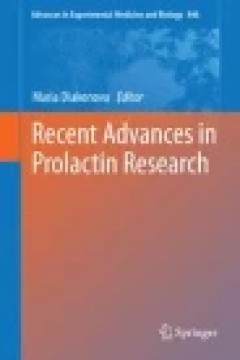
Recent Advances in Prolactin Research
Recent Advances in Prolactin Research summarizes the current knowledge of prolactin (PRL), PRL receptor, PRL-dependent signaling pathways, the role of PRL in oncogenesis and PRL crosstalk with other oncogenic factors. The chapters are written by experts in these fields and focus on identifying and reviewing timely experimental findings that provide new insights into the expanding role of PRL in…
- Edition
- -
- ISBN/ISSN
- -
- Collation
- -
- Series Title
- -
- Call Number
- 610.72
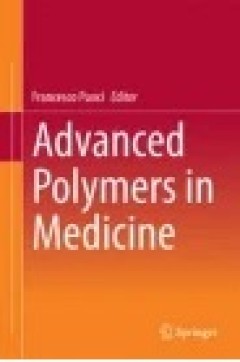
Advanced Polymers in Medicine
The book provides an up-to-date overview of the diverse medical applications of advanced polymers. The book opens by presenting important background information on polymer chemistry and physicochemical characterization of polymers. This serves as essential scientific support for the subsequent chapters, each of which is devoted to the applications of polymers in a particular medical specialty. …
- Edition
- Ed. 1
- ISBN/ISSN
- 978-3-319-12478-0
- Collation
- VIII, 537
- Series Title
- -
- Call Number
- 615.4 ADV a

Trust and Incidents
Taking an interdisciplinary approach to conceptualise interpersonal trust between patients and medical practitioners, Katja Beitat introduces a unique model to describe the dynamics of trust building and deterioration with particular relevance to incidents in health care. Empirical findings from studies in Australia and Germany, the two systems focused on in this book, broadly support and expan…
- Edition
- -
- ISBN/ISSN
- 978-3-658-09669-4
- Collation
- XXIII, 417
- Series Title
- -
- Call Number
- -

Examination Questions and Answers in Basic Anatomy and Physiology
This book provides two thousand multiple choice questions on human anatomy and physiology, separated into 40 categories. The answer to each question is accompanied by an explanation. Each category has an introduction to set the scene for the questions to come. However not all possible information is provided within these Introductions, so an Anatomy and Physiology textbook is an indispensable a…
- Edition
- -
- ISBN/ISSN
- 978-981-10-2332-3
- Collation
- 14 b/w illustrations
- Series Title
- -
- Call Number
- -
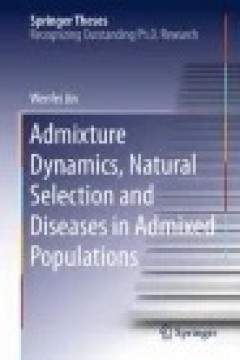
Admixture Dynamics, Natural Selection and Diseases in Admixed Populations
In this thesis, Dr. Jin presents the distribution of ancestral chromosomal segments in the admixed genome, which could provide the information needed to explore population admixture dynamics. The author derives accurate population histories of African Americans and Mexicans using genome-wide single nucleotide polymorphisms (SNPs) data. Mapping the genetic background facilitates the study of nat…
- Edition
- Ed. 1
- ISBN/ISSN
- 978-94-017-7408-6
- Collation
- XIX, 114
- Series Title
- Springer Theses
- Call Number
- KD 613 JIN a
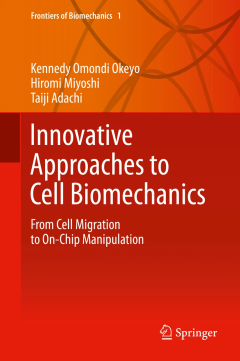
Innovative Approaches to Cell Biomechanics
This book covers topics on mechanosensing, mechanotransduction, and actin cytoskeletal dynamics in cell motility. It will contribute to a better understanding of how cells functionally adapt to their mechanical environment as well as highlighting fundamental concepts for designing material niches for cell manipulation. With topics from multidisciplinary fields of the life sciences, medicine and…
- Edition
- -
- ISBN/ISSN
- 978-4-431-55162-1
- Collation
- XIV, 190
- Series Title
- -
- Call Number
- 631 OKE i

Beneficial Microorganisms in Medical and Health Applications
This volume is devoted to the application of microorganisms in medical treatment and health protection. Topics discussed include the role of probiotics in immune modulation, in prevention of influenza, and in atopic dermatitis. Further chapters cover aspects such as the relation of the gut microbiome and stress, the immune system, the regulation of inflammation, the benefits of Bifidobacterium …
- Edition
- -
- ISBN/ISSN
- 978-3-319-23213-3
- Collation
- VIII, 261
- Series Title
- -
- Call Number
- 610
 Computer Science, Information & General Works
Computer Science, Information & General Works  Philosophy & Psychology
Philosophy & Psychology  Religion
Religion  Social Sciences
Social Sciences  Language
Language  Pure Science
Pure Science  Applied Sciences
Applied Sciences  Art & Recreation
Art & Recreation  Literature
Literature  History & Geography
History & Geography